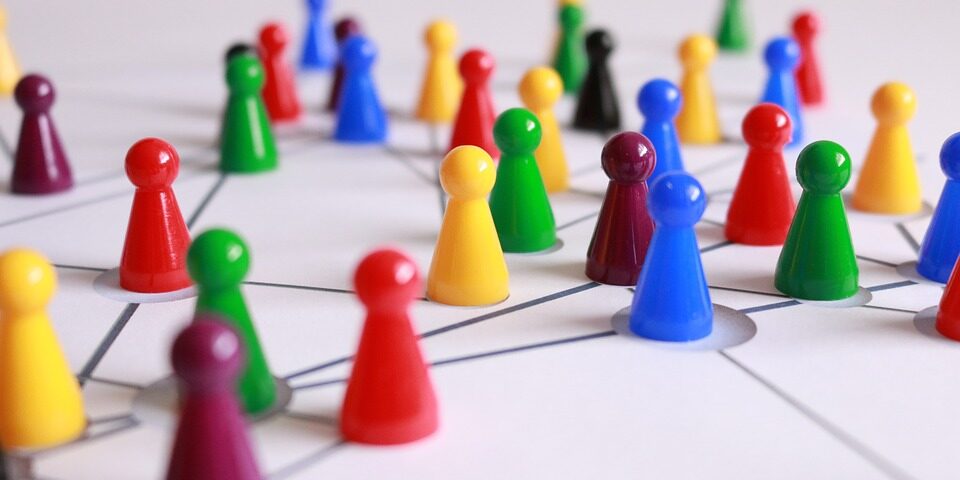
The Truth about Scalability Issues in Generative AI Technology
January 9, 2024
The Future of Online Shopping with Generative AI Personalization
January 10, 2024Hey there! 😊 I’m thrilled to dive into a topic that’s as electrifying as it is creative: The fascinating intersection of artificial intelligence and the arts. As we stand at the brink of a new era, where technology meets human creativity, I can’t help but be excited about the future of generative music and art. If you’re intrigued by the harmonious melody of code and canvas, stay tuned—because we’re about to embark on a journey through the realms of Interactive AI and its potential to reshape our artistic landscape.
Now, I know what you’re thinking. “AI is cool and all, but can it really compare to the emotional depth of human-created art?” Well, let me tell you, the advancements in AI models and deep learning have been nothing short of breathtaking. We’re not just talking about mimicking styles or churning out random notes—this is about AI systems that learn, adapt, and create in ways that are uniquely their own.
Whether you’re an artist looking to explore new frontiers, a music lover searching for the next wave of sound, or just someone curious about AI’s expanding role in our lives, there’s something here for you. So, let’s get this show on the road and find out what the future holds for Interactive AI: The Future of Generative Music and Art.
The Symphony of Interactive AI with Generative Models
Before we delve deeper into this harmonious world, let’s set the stage by understanding what generative models are all about. At its core, generative AI refers to systems capable of generating new content that could feasibly have been created by a human artist. These systems are powered by complex algorithms and vast datasets, “learning” from existing works to produce novel creations—whether that be in music, visual arts, or other forms of creative expression.
One of the most breathtaking examples of this comes from efforts in generative music. Take projects like OpenAI’s Jukebox or Google’s Magenta; these platforms leverage neural networks to compose music that resonates with human emotions and esthetics. It’s almost as if you have an AI Beethoven or AI Picasso at your fingertips, blurring the lines between technology and artistry.
But we’re not stopping at mere creation. What’s truly groundbreaking about these modern marvels is their interactivity. Imagine tweaking an AI-generated painting with your preferences or altering the mood of a symphony with a simple command. Interactive AI with Generative Models isn’t just about producing art—it’s about creating a dialogue between the machine and the observer, the composer and the listener, where both parties contribute to the evolving masterpiece.
The Personal Touch in Generative Art
As someone deeply entrenched in the AI sphere, I must say, there’s something truly magical about seeing this technology evolve. By harnessing the powers of machine learning and deep learning, we’ve set the stage for personalized art experiences. With Interactive AI, the audience isn’t just a passive consumer but a participatory creator. This isn’t just about technology; it’s about technology touching lives and igniting creativity in everyone.
Glance over at platforms such as Google Arts & Culture’s experiments with Magenta, and you’ll see algorithms that create not just static pieces of art or music, but artworks that respond and evolve based on user interactions. This dynamic between the AI and the human touch is where the true beauty lies. It opens up avenues for infinitely unique creations, every time tailored to the individual preferences and emotions of the user.
I’m also incredibly excited about platforms such as DrawMyText, which ushers in a new age of art generation. DrawMyText allows users to bring their words to life through stunning visualizations. The platform offers different pricing tiers to suit the needs of various users, from casual enthusiasts to professional artists. With features that cater to both simplicity and advanced customization, DrawMyText epitomizes the sheer potential of where Interactive AI can take the art world. If you’re curious, I highly recommend giving it a try. You might just be amazed at what your imagination, coupled with AI, can manifest.
Interactive AI: Unleashing a New Era of Artistic Exploration
Now, as we gaze into the not-so-distant future, I see a landscape rich with possibilities. Interactive AI is not just about generating art; it’s about reshaping the entire creative process. Artists can collaborate with AI to push the boundaries of what’s possible, experimenting with styles and forms that were unimaginable just a few years ago.
Imagine a gallery where each painting shifts subtly to match your mood, or a concert where the music dynamically adapts to the audience’s collective reaction. It may sound like science fiction, but it’s rapidly becoming science fact. In fact, projects like Dadabots showcase AI’s ability to continuously generate music that’s ever-changing, an endless stream of creativity fueled by the AI’s understanding of different musical genres and structures.
The symbiosis of AI and human creativity is poised to become the most exciting artistic movement of our time. Whether you’re an innovator, a dreamer, or simply a lover of beauty, the horizon is pulsing with exciting new colors and sounds. As this seamless partnership between humans and technology continues to evolve, one can only wonder about the masterpieces that are yet to come.
FAQs About Interactive AI and Generative Art
What is Interactive AI in the context of generative art?
Interactive AI refers to artificial intelligence systems that can engage and respond to human input, creating unique artistic outputs. In generative art, this means AI can produce visuals or music that react and change based on interactions with users, providing a dynamic and customized creative experience.
Can AI create truly original works of art and music?
Absolutely. AI systems can be trained on vast datasets to understand and replicate various artistic styles. Through machine learning and its own ‘creativity,’ AI can combine elements in new ways to create original works that have never been seen or heard before.
Is Artificial Intelligence capable of understanding human emotions in art?
AI can certainly be designed to recognize patterns associated with human emotions, and some models are sophisticated enough to create art that appeals to specific emotional states. The field is constantly advancing, bringing new levels of emotional depth to AI-generated art.
How accessible are generative AI platforms for the average person?
Platforms like DrawMyText make generative art accessible to everyone. Subscription options cater to different budgets and skill levels, allowing anyone to explore the potential of AI-generated visuals without needing deep technical knowledge.
Are humans still relevant in the creative process when using Interactive AI?
Definitely. Interactive AI amplifies human creativity rather than replacing it. Artists and musicians can work alongside AI as a tool or collaborator, expanding their creative capabilities and exploring new artistic frontiers.
Keywords and related intents:
Keywords:
1. Artificial Intelligence (AI)
2. Arts
3. Generative Music
4. AI Models
5. Deep Learning
6. Interactive AI
7. Generative Models
8. Machine Learning
9. Google Magenta
10. DrawMyText
Search Intentions:
1. What is Interactive AI in the arts?
2. Examples of AI-generated music platforms.
3. The emotional depth of AI vs. human-created art.
4. How does generative AI create new art?
5. Platforms for interactive generative art experimentation.
6. Accessibility of generative AI platforms for non-experts.
7. The role of human creativity in the AI creative process.
8. Future potentials of AI in reshaping the creative process.
9. Impact of AI on personalizing art experiences.
10. Ongoing developments in AI for recognizing human emotions in art.
#Interactive AI with Generative Models
#Interactive #Future #Generative #Music #Art


